Giving them wings to Fly
By – Mrs Shakti Bishnoi & Mr A S Bishnoi
The wonderful creations of god is seen everywhere. Since the early days of life evolving in this world, colourful and charming winged jewels came into existence to honour mother earth. Pure air, food and nectar plants in the wilderness are some of prerequisites for their survival. Unfortunately, with rapid deforestation, urbanisation and industrialization, hardly any open space is left for their survival. Some of the species have become extinct and many more will follow that path in the near future, unless we wake up from our slumber and reverse the habitat destruction of these species so that there is a conducive environment for their survival. Let our coming generation see their existence and appreciate the world of vibrant colours. Let our conscience goad us into action.
Plants in the ecosystem are the main source for our survival. Living beings depend on nature for survival. It is our prime duty to maintain the ecosystem in its prime condition. Herbivores and carnivores are mutually dependent for their survival. All fruit bearing plants except few depend on birds/insects/butterflies for pollination. A missing link in the ecosystem will lead to void, which cannot be filled again. Butterflies, the colourful winged jewels are performing the most important task in assisting the pollination of plants and are one of the harmless class of species. Looking at the pace at which the deforestation is continuing in this earth, the day is not far when these beautiful flying angels will only be found in books and video recordings.
From time immemorial, butterflies have always fascinated humankind and no group of insects is more charismatic than the butterflies. Among insects they are certainly the most popular, and that is probably why they are among the most studied insects. There was a time when butterflies were collected by hobbyists like postage stamps. Much information was generated during that period on their taxonomy, migration, variation, mimicry, speciation and evolutionary biology. Today several species of butterflies are used by conservation biologists as indicator species to identify habitats that are critical and need to be protected. Butterflies are also monitored to indicate climate change and environmental degradations. Thus like other animals and birds, butterflies are now studied as living ecological components.
Their size ranges from the tiny jewels to gorgeous Bird wings with a wing span as great as eight inches. Almost all Indian butterflies are under threat, and some are critically endangered. Large areas, once forest or wasteland, full of wild plants that caterpillars eat, have now been cleared for agriculture. Apart from the habitat loss due to conversion to agricultural land, the widespread use of insecticide has drastically reduced butterfly numbers. But a butterfly lover and nature lover finds its way and so did we with our own one of a kind “The butterfly garden”. Both of us born in a family and religion “BISHNOI” which believes in conserving the nature. So it is in our sanskar, to contribute and conserve.
During our brief interaction with Shri Isaac Khemkar at Oavlekar Wadi(Thane, Mumbai) we were so fascinated by the winged jewels that we thought to have a closer look of these species. Shri Isaac Khemkar and Sqn Ldr Girish Dantale is our inspiration in this wonderful world of colourful species.
Our encounter with kingdom of Butterflies
During our stay in Mumbai at Mankhurd, we thought of having a closer look i.e the life cycle of the butterflies, to appreciate this wonderful creation of God. Book on Butterflies by Isaac Khemkar was of paramount help to us in knowing their behaviour, but one thing lacked was the food plants of particular butterflies. Then we started looking at the food plants, but it seems we were searching for a needle in a hay stack. We narrowed down our horizon by looking at the caterpillars. The first thing we saw was Lime butterfly laying eggs on lemon plant in our garden. We saw it was just 2 mm spherical white/yellowish ball, underneath the fresh leaf. Fortunately we could capture this phenomena. Next few days we monitored the egg and witnessed the growth of caterpillar and our joy grew many folds. But nature had something very important in store for us. Around eighth day when we went in the morning to see the beautiful being, we were shocked to see it was eaten by spotted owlet who stayed in nearby tree hollow 2 metres away. It took us some time to understand law of nature. We decided not to take a chance with the next few eggs left with us.
Very next day we bought lemon plants from nursery and transferred the freshly erupted caterpillars on it and started monitoring the activities. There was different kind of environment in our home i.e. we both were excited and equally ecstatic to receive the new born in our family. Very soon it became our family member. We had only one thing to discuss, that was the activities of caterpillar. The life of caterpillar revolved around eating leaves of the lemon plant and excreting. Our prime focus /centre of gravity of house was caterpillar. The life cycle is quite fascinating. We started reading Book on Butterflies to understand their metamorphosis. Nothing was known to us, everything was new and we were quite apprehensive about the behavioural pattern. Our lives revolved around the little one.
Life cycle of the Lime butterfly :
During it’s lifespan, a butterfly undergoes complete metamorphosis, consisting of four distinct stages:
- Egg
- Caterpillar
- Pupa
- Adult
1. Egg –
Soon after mating, the adult female starts searching for an appropriate food plant to lay eggs. It lays eggs underneath the fresh leaf, as it is protected from vagaries of nature, hidden from predators and can be easily munched in the initial few days. The eggs are coated with Chitin an adhesive to stick on leaf surface. The egg is filled with nutrient fluid, and has transparent shell, which turns pale as the cater pillar develops inside.
2. Caterpillar-
Once outside, it now searches and get acquaint with the surrounding areas and shelter till it is pupa. It takes 3-5 days to hatch. The caterpillar emerges outside from the egg, and first thing on which it feeds is, its own egg shell. It just scrapes off the soft bud/under surface of leaf, till it gets its jaws stronger to feed on leaves. It spends much of its time in eating whatever comes its way viz bud, leaves, flower and shoot. Basically it is a eating machine. It hogs, hogs and hogs.
Caterpillar sheds the skin which it consumes later, another source of protein for the caterpillar to grow stronger.The old skin then splits behind the head and larva crawls out of it. The moulting or shedding of the skin takes place once during this development. The stage between moulting is known as an instar. Before shedding the skin the caterpillar stops eating and sticks to one place.
Initially it is black/brown in colour with corrugated body structure. After two three days it sheds its skin again and turns out the green colour perfectly camouflaged in the green lemon plant for its own protection given by nature. It now has tentacles acting as sensor during their movements and are very sensitive to touch. While sleeping, they become dormant. During their movements, they actively participate for direction finding and avoiding any obstruction/danger. Curiosity led to another finding when we touched the caterpillar. To our surprise it had another weapon to show its might and fight the perpetrators. Two tentacles producing pungent smelling liquid erupted from behind the tentacles above the mouth and it made our house smell pathetic. And when threatened, they manoeuvre themselves to expose minimum portions of their body.
On an average their droppings per 12hours is 32 and it depends upon the leaves available to them. The droppings are green in colour. We started facing the problem of shortage of leaves as we had two-three caterpillars on our plant and their consumption rate was phenomenal.
We bought two more plant with more fresh leaves to feed them. They become restless if they don’t find the food. The urge to get food, makes them adventurous and explorer .One of the restless/adventurous caterpillar came down the plant and hid behind the TV cabinet. We kept on searching for the 3-4 hours early morning, but all in vain.
We started making list of predators who could be available in the protected vicinity of the house and the lizard was on our hit list for the time being. but our house had no trace of lizard, and moreover lemon is full of thorns, then who else?. So we rejected this hypothesis and with our limited detective traits started searching for the caterpillar. after two nights one day when we gave up and started praying for its soul to rest in peace the naughty caterpillar came in the limelight no less than an awaited celebrity walking on the TV table. Maybe his hunger drove him outside the cabinet and we made him reach again on the plant like the crowd and photographers pave the path for a glimpse of celeb. We heaved sigh of relief.
The Caterpillar stage lasts 8 days to maximum/depending on weather, food availability and not to forget the predators. In order to become pupa, they start finding suitable place to hang upside down in swinging position. Suitable place must be hidden from preying eyes and also when it emerges out as an adult butterfly, there should be adequate clearance space to cater for the adult butterfly to rest without accidents for one to two hours before it takes its maiden flight. This is inbuilt DNA information in the caterpillar to find the place. After the above vomiting and clearing of the entire system by way of excretion, the caterpillar stops eating and gets ready for exploring for the right place to hang. The indication of caterpillar turning into Pupa is uneasy movements on the plant and neglecting the food and trying to find the suitable place.
This stage is wonderful stage, as you can see the sudden transformation i.e. they stop eating and remain dormant till it emerges as butterfly. We used to remain awake monitor and capture each and every unique phenomenon.
We started working on shifts to capture these moments. We missed many moments but lime butterfly was generous enough to lay eggs on my lemon plant (kept outside the home as bait) and we got opportunity to learn and captured the entire life cycle in our eyes and in our camera.
Once it determines the locations, it starts secreting juicy sticky material from its mouth and make web like threads to form a small 2mm dot structure on chosen place and first sticks its anus. Another part of This unique phenomena which made me aghast was yet to unveil. It moved the finely woven thread around its body by covering the first three segments and created swing for rest of the body(as seen above) to rest comfortably. The movement of the neck was almost twisting head 180 degree. This is very crucial phenomenon, and each woven thread from its mouth counts. Caterpillar awaits its next transformation for 6 to 7 hours. The body becomes visibly shorter and stouter within an hour or two it is a recognizable chrysalis or pupa no longer carrying forward the resemblance of caterpillar.
3. PUPA –
After anchoring for about 6- 7 hours, it begins to wriggle about while remaining firmly attached to the perch. As it continue to wriggle, larvae skins splits from the top of this head and it works backwards and discarded near the tail portion. A totally changed structure is getting shaped. Imagine the first stage of eggs as whitish colour to this stage.
A closer look reveals main parts of the body of the butterfly. The outer shell which is extremely venerable remains soft for 6 to 8 hours and then evolve into hard shell for its protection. Inside pupa is actively involved in formation of a beautiful lime butterfly. It will remain in this stage for 7 to maximum 8 days. In this unknown world of butterfly life cycle, we both were not aware that yet another amazing phenomenon is about to unfold. On 6th day evening around 6pm the pupa started changing its colour as shown below. We were not sure what is happening as this was our first experience. Gradually with lime butterfly picture we could make out that the adult butterfly is about to come out.
4. Adult –
A night before emergence, the colours of the butterfly wings can be seen. By dawn the colour gets dark and pupa case gets prominent circles and stretch marks around abdomen as seen below. When the first two circles expand, it indicates the emergence in few minutes.
Pupa case opens like pilot cockpit and first the head comes out. Waving legs are thrust out, to find a clear support and then the entire body. The wings unfurl and expand rapidly to a normal size and at the same time, it checks it system viz, proboscis, antenna and oozes out the liquid from its stomach and relieves itself. After resting for 1-2 hours, it first starts flapping the wings few times and then takes off for the maiden flight into the wilderness.

It feeds on nectar, juices from the overripe fruits, oozing plant sap, liquid mud, animal dung and urine, human sweat, etc. Butterfly as adults are short lived insects. Some may live for a few weeks, while others may live long as eight months. Otherwise most butterflies live up to two-four weeks, if they are not attacked or eaten.
First pupa we missed butterfly coming out as we were not aware of the phenomena. But in the second case we noticed changes in the pupa night before coming out. But then also we didn’t knew when it will exactly come out. So we missed second also. Finally in the third Pupa I noticed that the pupa after attaining the colour of the butterfly, expands from the rear end. This expansion from the rib like structure starts peeling off and that is the time put your eyes on pupa and position your camera , as it is going to come out in 10 minutes. So finally third pupa gave us opportunity to record the butterfly coming out. And that achievement completed the life cycle recording.
We reared/nutured lemon butterflies at our home with just three plants in our house. One plant with adequate leaves I kept outside as a bait to lay eggs and moment the caterpillar emerges , we used to bring it to our house. You should have the reserve stock to feed them and they are eating machines. The Nursery person was surprised as we bought 10 plants to make them see flying. It is an investment, as the same plant will bear lemon and rear more butterflies. You don’t have to do any hard work to see the life cycle at home and contribute to nature. Your eyes should be keen enough to identify caterpillar. We had wonderful experience seeing these wonderful creations of God so closely. So harmless they are and so useful for pollination and spreading colour in the nature.
Keeping them at home we reared them as our children. Frankly speaking it gave us that feeling of having with us our children but they cannot speak or express but when you go near to them and feel them, you will feel very happy. But only thing which gave us pain was as we felt emotionally attached to them. Because they are not pet, once taken the flight, they never returned. But later we got used to it and we started our factory to produce them to go in wild and add the colour to nature. Keeping them in captivity reduces the aesthetic appeal of nature. Till caterpillar stage they were babies and vulnerable but as the adult butterfly they were all set to look after themselves without the care of their parents i.e. us.
Remember, it will never come back to your home again as a pet, once taken the flight no more looking back, just it will search nectar, mate and life cycle follows….
We didn’t stop our journey here; we started looking for different species. We overcame the pain of attachment and generated/reared/nurtured till date 77 butterflies of five different species and captured/recorded their entire life cycle. Most of the plants are easily available and you can attract butterflies to lay eggs and see them grow. We reared following :-
Curry leaves where 3-4 species of butterfly
| (Common Mormon) lays egg | 17 |
| Calotropis Gigantea (Plain tiger) | 27 |
| Lemon plant (lime Butterfly) | 32 |
| Wild creeper (Blue tiger) | 33 |
| Palm leaves (palm pea fly) | 02 |
| Total | 111 |
The identification is simple. If you come across, eggs which is of the size of 2-3mm, whitish, yellowish, greenish then start your journey to see the life cycle of an amazing butterfly. We never knew it was lime butterfly till it emerged and we compared photo with Book of Butterflies by Isaac Khemkar…so just bring the egg and see what it is in store for you.
After a brief tenure of 2 years at Mumbai, I got posted to Visakhapatnam (Andhra Pradesh) and here we came across various other species of butterflies. We have reared 27 Plain tiger and made them to fly in wild to contribute the existence of other species in a mutually exclusive manner.
Our Journey –
So far our journey from Ovalaker’s Vadi to this day has been studded with winged jewels. Had it not been the encounter with these venerable flying angels, my life would have lesser happiness.I respect owner’s name grit and determination to carry on with the development of one of a kind butterfly garden without any expectations for returns he would get.
My deepest regards to Shri Isaac Kehimkar, who besides having seen most of species India has to offer, humbly shared his knowledge with us. It was not new for me to see a butterfly with beautiful patterns and colours, but what brought me close to them was their life span. Today after having helped 111 butterflies reach for sky, with equal support from my husband (Lt Cdr A S Bishnoi), we feel contented.
Numbers are adding on with each passing day. So far quest is on for entire lifetime. This never ending journey taught me many important aspects of life. For each of the five species I know their habits and traits by heart which distinguishes them from each other. All of them were like our own young ones whom we nurtured and to our surprise their life cycle resembled ours except that they had to be extremely quick in each stage:
- In the womb
- Infant
- Childhood
- Adult
- perish
On an average lifespan of an adult butterfly is 2 weeks, but some species live up to 11 months. On their journey from womb till death, no one can forecast their fate.
Today with experience of 111 butterflies seen and documented, each one was unique and marked different behavioural patterns. Nature is full of miracles with variety of living beings with uniqueness intact whether it is mighty elephant or fragile Lepidoptera. Mother of these young ones does not have time for parenting so, nature has designed them self sufficient. Law of nature is unassailable especially in the wilderness.
– Mrs Shakti Bishnoi & Mr. A S Bishnoi
- Ladakh: An Enchanting Landscape - 28 June,2022
- Changes observed during a decade long love affair with Chilika - 31 March,2022
- Journey to Leopard Country - 30 December,2021





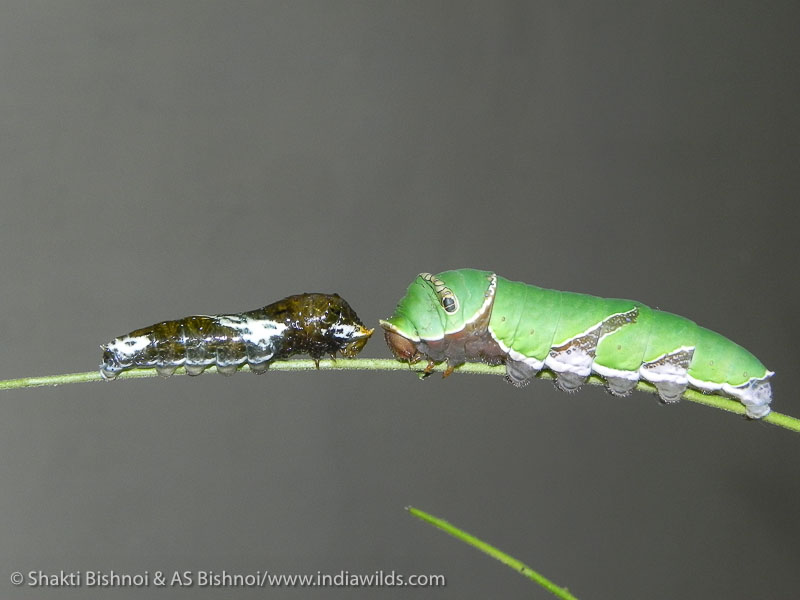
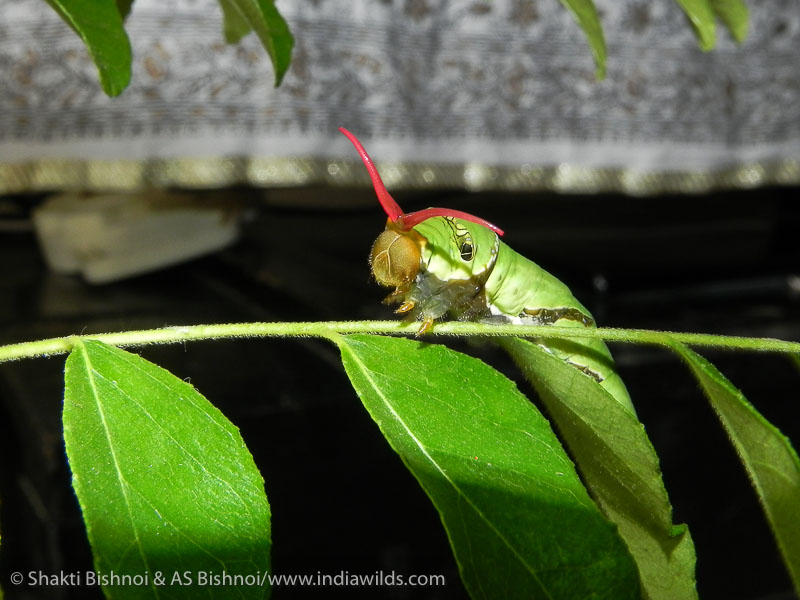
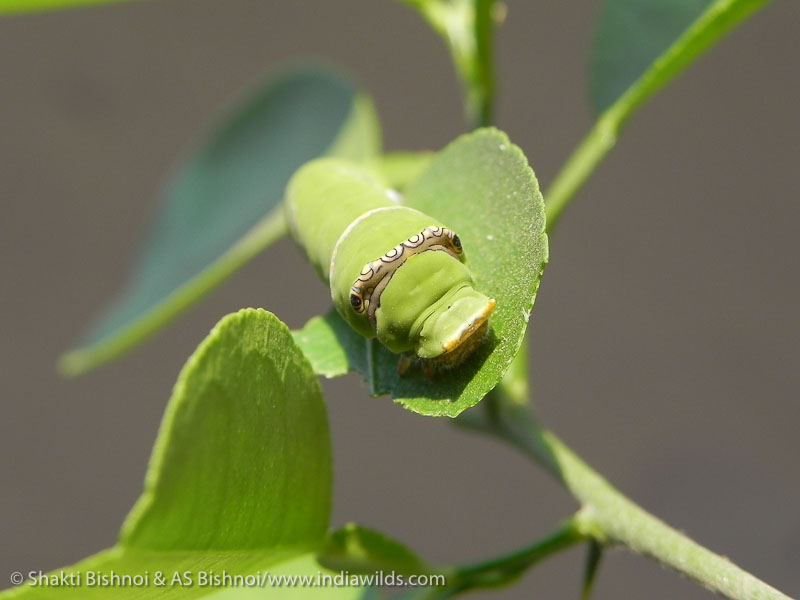

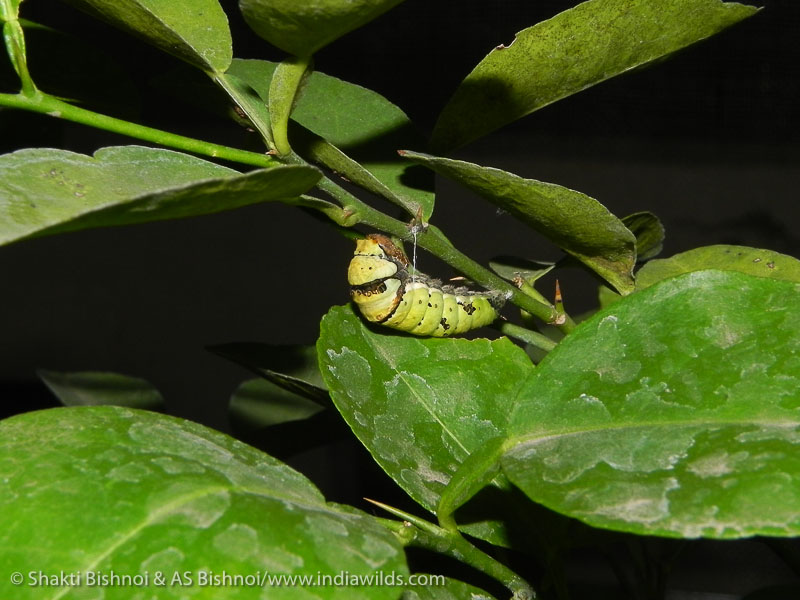
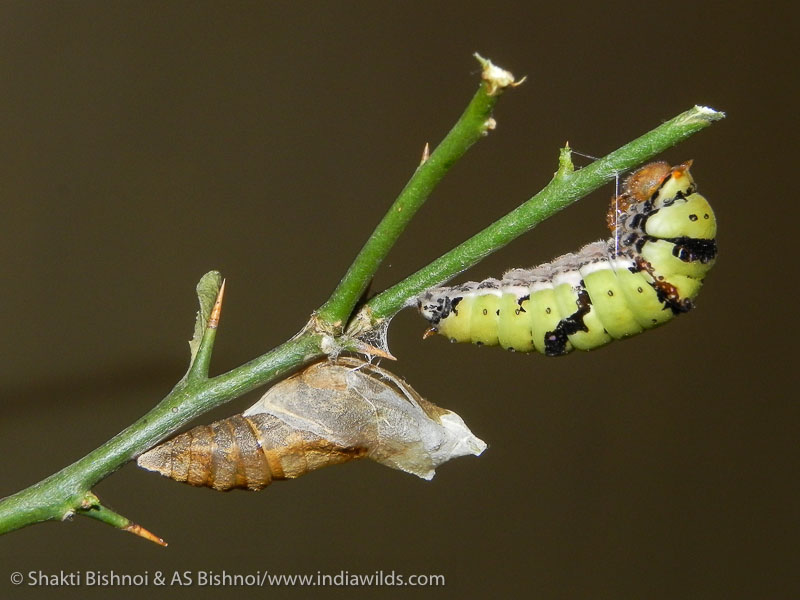
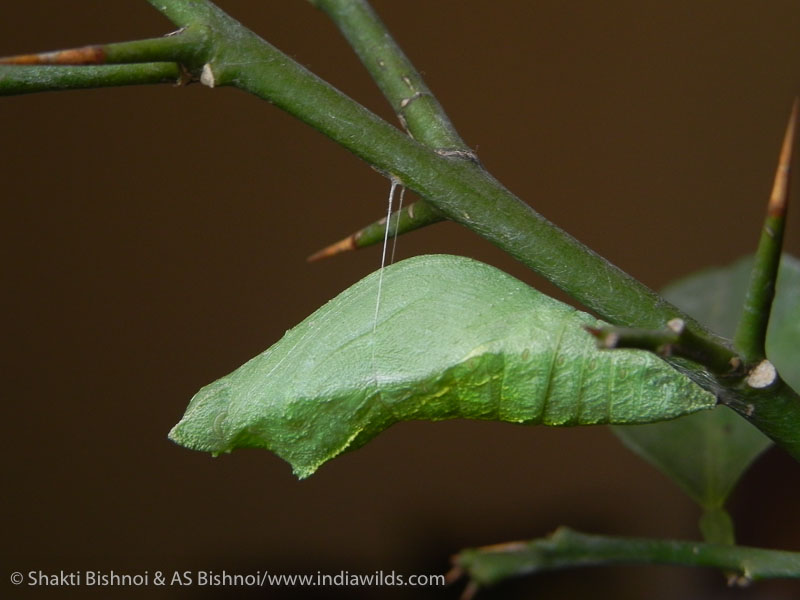

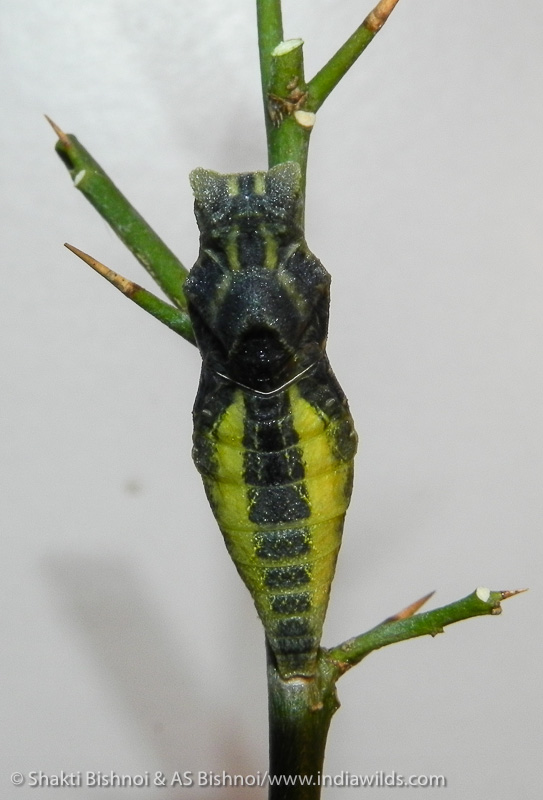


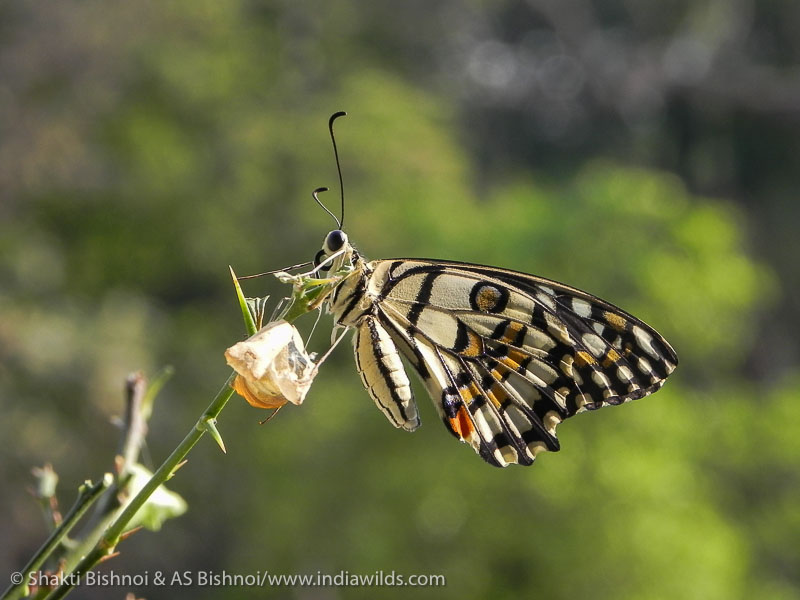
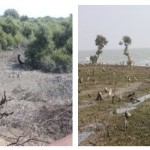


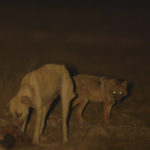
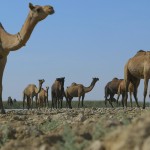



Leave a Reply